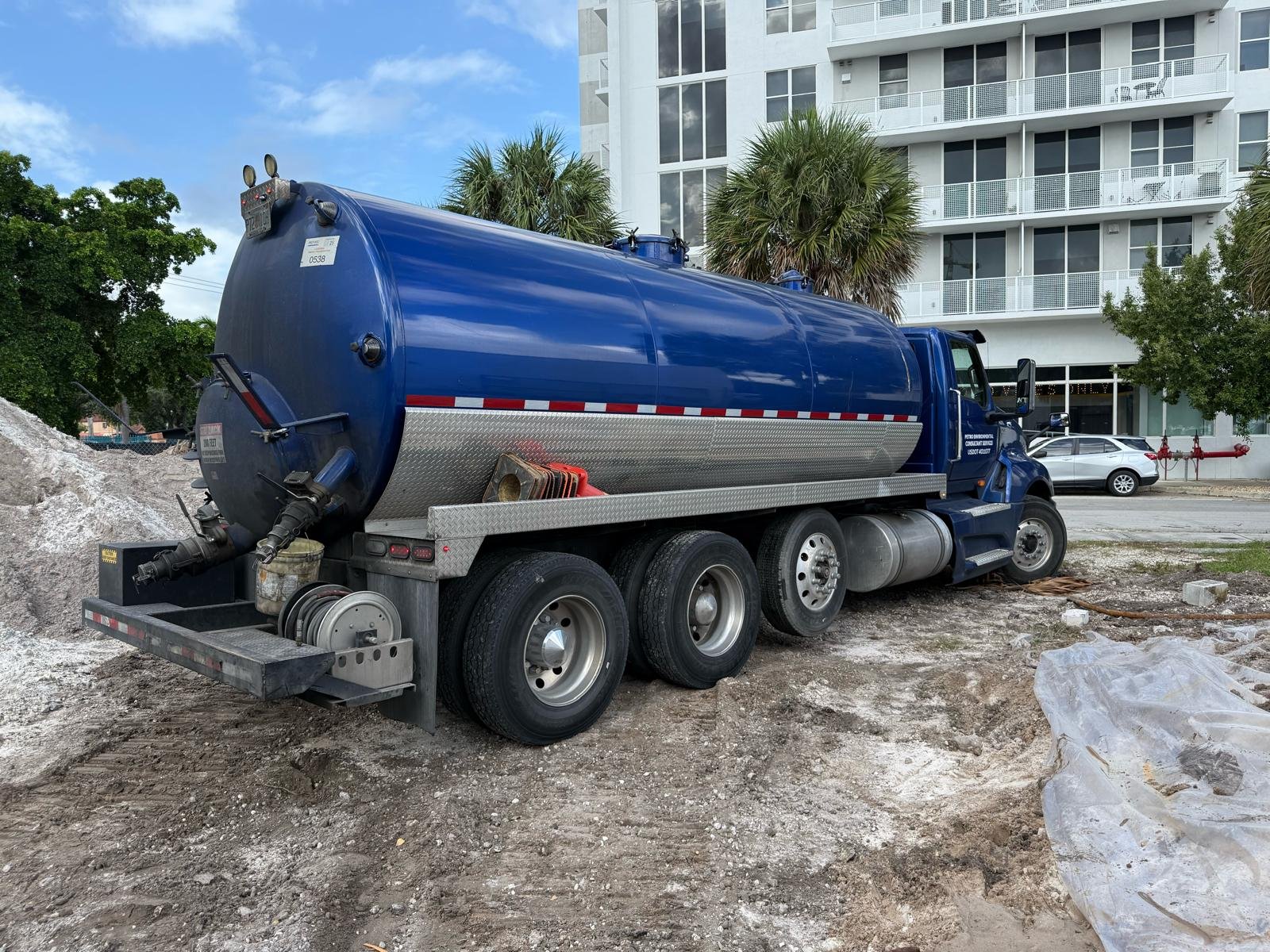Phase I Environmental Site Assessment (ESA)
Phase I ESAs are an integral step prior to property acquisitions because they allow a potential purchaser to evaluate environmental risk or contamination.
Lion Point Engineering provides Phase I ESA services in accordance with the US Environmental Protection Agency standard for conducting All Appropriate Inquiries (AAI) to evaluate for the presence or potential presence of “Hazardous Substances or Petroleum Products” under the Comprehensive Environmental Response, Compensation, and Liability Act (CERCLA).
A high-quality ESA is essential to meet the definition of an “innocent landowner” i.e., a person/entity who “did not known and had no reason to know” that contamination existed. It is also pivotal to understand environmental liabilities, safeguard occupants and the surrounding community, and avoiding costly litigation.
Phase I ESA Non-Scope Considerations
-
Certain restrictions apply to chemical storage, containment, training, and recordkeeping for material storage located within wellfield protection zones.
-
Several chemicals known to be harmful have not yet been deemed “hazardous substances” under CERCLA, but may present environmental liability in the future.
-
Certain land use restrictions may prohibit activities, e.g. well installation limitations. Those may impact the goal of development.
-
Methane is not considered a “hazardous substance” under CERCLA; however, it has the potential to be present near wetland areas (naturally occurring) or areas that were previously filled. That off-gassing into a building presents a potential explosive hazard.
Phase II ESA
Phase II ESAs are conducted when there is sufficient reason to believe that a release may have occurred.
In order to accomplish its objectives, Lion Point Engineer will help develop a conceptual site model based on hazardous materials likely to be present and where the target analytes are likely to be located. It is also important to evaluate whether analytes may be naturally occurring or anthropogenic.
An evaluation of potential media should include groundwater, soil, and vapor (depending on its intended use).





